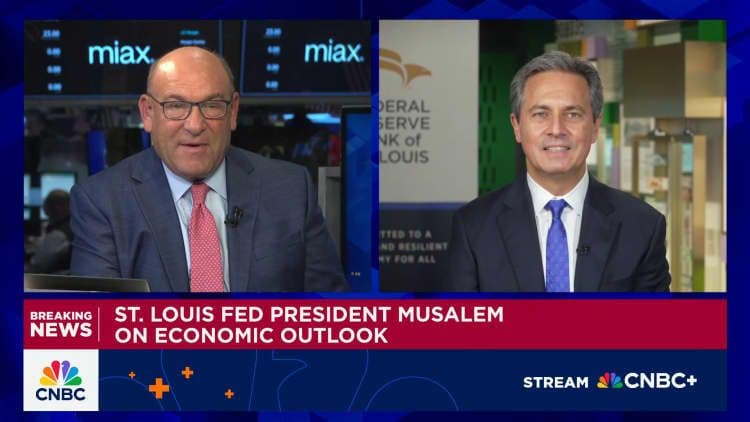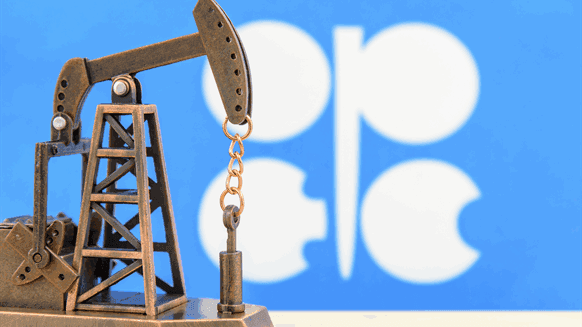The Producer Price Puzzle: Unmasking the Stealthy Drivers of Future Consumer Strain
Unravel the PPI puzzle: What unexpected wholesale inflation drivers, from tariffs to services, mean for your future costs and why current market calm might be fleeting.

The Bellwether's Uneasy Jolt: Decoding the Latest PPI Shock
The latest Producer Price Index (PPI) report delivered a significant jolt, far exceeding economists' expectations and raising immediate questions about the true state of inflation. Wholesale prices surged by 0.9% in July, a stark contrast to the modest 0.2% increase analysts had anticipated. This wasn't a minor fluctuation; it marked the largest monthly gain for the index since June 2022. Even more concerning, the core PPI, which strips out volatile food and energy costs, also climbed by 0.9% – its steepest rise since March 2022. Economists like of quickly highlighted the PPI's role as a crucial bellwether, suggesting that producers are "starting to feel the inflation fire heat." While initial market reactions saw major indexes like the , , and dip, they largely pared losses later in the morning. Some traders pointed to specific, large gains in categories like "portfolio management" and airfare as skewing the headline number. Yet, the underlying message from experts like of the remains clear: this was "not a good report" for those hoping inflation was contained, signaling potential upstream pressures that could soon ripple through the economy.
Dissecting the Hidden Cost: Tariffs, Services, and Unseen Spillovers
Delving deeper into the July PPI figures reveals a more complex and concerning picture than headline numbers alone suggest. Over three-quarters of the unexpected monthly increase stemmed from the services sector, with a notable 4.5% upswing in purchased capital equipment prices. This isn't just about goods becoming more expensive; it's about the cost of doing business, which inevitably gets passed on. , chief economist at , points to a troubling phenomenon: "The targeted area of tariffs, which has been industrial goods, the pricing pressures are now spilling over to the service sector." This indicates a broader, systemic impact. Furthermore, while the recently offered some relief due to falling gas prices, the PPI, which covers domestic output and excludes imports, could be underestimating the full inflationary impact. On the goods side, a dramatic 12.8% leap in raw agricultural products, including a 38.9% surge in fresh and dry vegetables, strongly suggests tariffs on agricultural imports are "coming home to roost," as Brusuelas put it. These are not merely isolated spikes; they are "pipeline pressures" building up, poised to translate into higher consumer costs.
The Data's Shaky Ground: BLS Flux and the Fading Signal of Economic Health
The unsettling PPI report arrives at a particularly precarious moment for the , the very agency responsible for producing this vital economic data. The BLS, typically a bastion of non-partisan data collection, finds itself in a state of flux. Following a contentious jobs report and subsequent revisions, the BLS commissioner was dismissed, accompanied by unsubstantiated claims of "rigged" data. The recent nomination of , an economist from the conservative who had previously mused about suspending the monthly jobs report, further complicates the agency's perception of stability and independence. Beyond leadership concerns, the BLS has also been subjected to funding and workforce cuts, leading to practical implications for data collection. Citing resource limitations, the agency has already reduced collections for the CPI report and, beginning with July's PPI, ceased calculating 350 indices. While a BLS spokesperson claimed these discontinued indexes represent less than 1% of the PPI and will have minimal impact, economists and statisticians are actively pleading with Congress for more, not less, funding for US statistical agencies, underscoring the critical need for robust, reliable data in an uncertain economic climate.
Market's Muted Response: A Deeper Look at Investor Calm vs. Inflationary Pressures
Given the 'hot' July PPI report, one might expect a more pronounced market reaction, yet investors seemed largely unperturbed. After an initial dip, major indexes quickly pared their losses, seemingly shrugging off the wholesale inflation surge. This muted response stands in stark contrast to the underlying inflationary signals. The market's calm appears rooted in two main factors: the recent, cooler-than-expected CPI report, which sent the S&P 500 and Nasdaq to fresh record highs, and a persistent belief in imminent rate cuts. Even after the PPI release, fed funds futures were still pricing in a roughly 91% chance of a September rate cut, albeit removing any possibility of a half-point reduction. , chief investment officer at , captured the prevailing sentiment, suggesting that this single PPI print wasn't enough to knock the Fed off its cutting cycle. Traders also rationalized the PPI jump by pointing to specific, large gains in areas like "portfolio management" and airfare, suggesting these were anomalies rather than systemic issues. However, this apparent complacency, bolstered by a focus on CPI and rate cut hopes, overlooks the 'pipeline pressures' that the PPI report unmistakably highlights.
The Path Ahead: When Wholesale Surges Finally Reach Your Shopping Cart
The critical question now is not if, but when, these surging wholesale costs will translate into higher prices for everyday consumers. The PPI's role as a bellwether means that the "inflation fire" producers are feeling is unlikely to remain contained at the factory gate or within the service sector. As economists like warn, it's only a matter of time before businesses, facing higher tariff-related costs and rising service expenses, are compelled to pass these burdens onto "inflation-weary consumers." The unique composition of the PPI, which focuses on domestic output and excludes imports, further suggests that the potential consumer price impact could be underestimated. The spillover from industrial goods to services, driven by tariffs, creates deep-seated "pipeline pressures" that differ from transient price shocks. Compounding this challenge is the aforementioned flux at the BLS, which introduces an unwelcome layer of uncertainty into the very data we rely on to gauge economic health. While the market may currently be looking past the PPI's implications, prioritizing other signals or specific sector anomalies, the underlying structural drivers of wholesale inflation remain potent. It’s a quiet but insistent drumbeat, signaling that the journey from rising producer costs to a heavier grocery bill or pricier services is well underway, making future consumer strain a distinct and growing possibility.
Related Articles

Beyond the Numbers: Decoding PPI's Volatile Surge Amidst Economic Crosscurrents

Beyond the Numbers: Decoding PPI's Volatile Surge Amidst Economic Crosscurrents

July's Unforeseen Jolt: Unpacking the Shockwaves of Chile's Latest Price Surge

July's Unforeseen Jolt: Unpacking the Shockwaves of Chile's Latest Price Surge

The Invisible Hand: Unraveling the Global Forces Driving Diesel's Price Surge

The Invisible Hand: Unraveling the Global Forces Driving Diesel's Price Surge

The Brent Paradox: Why Today's Stability Hides Tomorrow's Supply Surge
